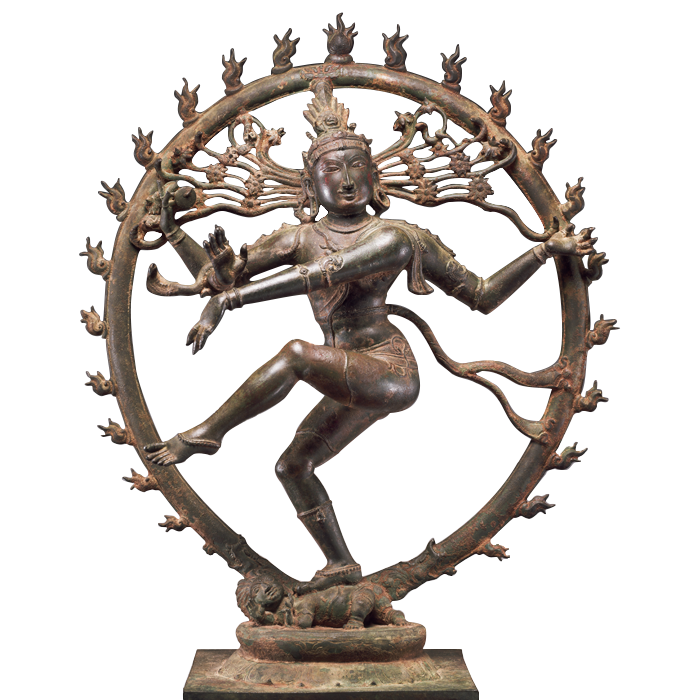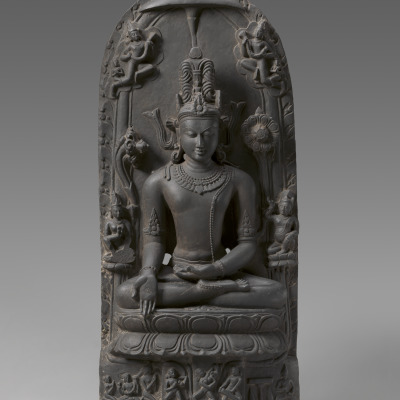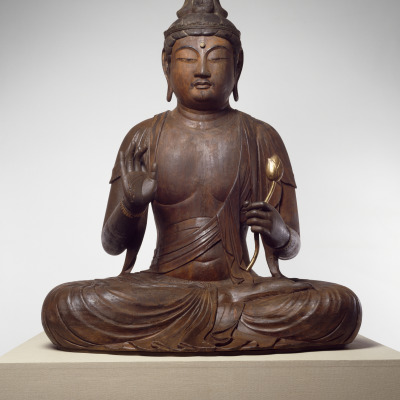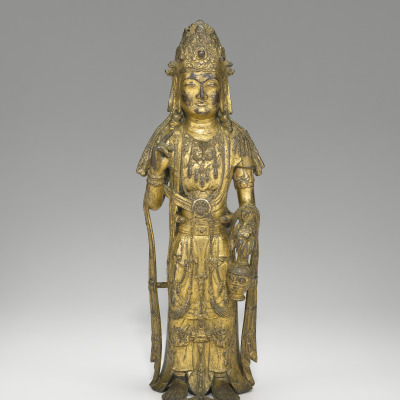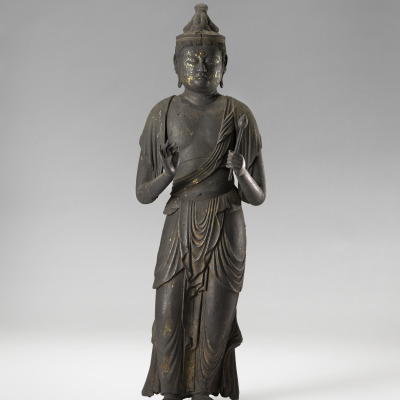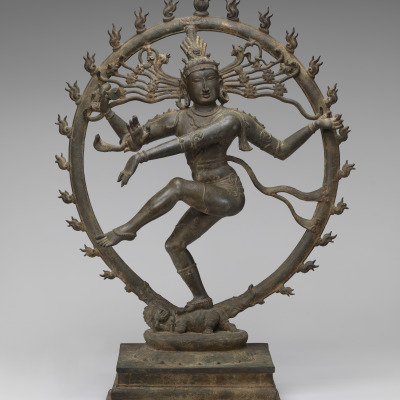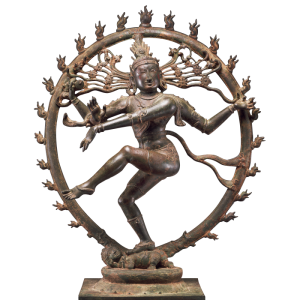
India: Buddhism and Hinduism: Prompts for Extended Thinking
Use these prompts after your Evans Distance Learning session or museum visit to activate creative, critical, and reflective thinking.
Creative Thinking
Using our imaginations when looking at art can activate prior knowledge and spark curiosity. Ask students to recall their VMFA Distance Learning visit and try the following:
With a partner or in groups, consider this image of Shiva. Use the following starters to think of some imaginative and interesting questions about this artwork. Try to formulate a list of at least 6 interesting questions.
- How would it be different if….?
- For example, How would it be different if we were looking at it in a temple?
- What if we knew…?
- For example, What if we knew and could talk to the person who made it?
- What are the reasons…?
- For example, What are the reasons it is this size?
Share and exchange your questions with other groups in the class. What is the class most curious about? What is missing from your knowledge base? Can you use your list of questions to establish some search terms to help you find out more?
Reflective Thinking
Thinking about our experience with art helps us connect to people and ideas across time and place. Use these prompts to help students reflect on their engagement with Indian Buddhist and Hindu art.
- Having spent time with Indian Art at VMFA, what more do you know about imagery and the practice of Buddhism and Hinduism?
- What did the art NOT answer for you? What are you curious about now that you have seen Buddhist and Hindu art from India? Name three things that you wish you knew more about and why. Visit your school library and databases to find answers to your questions.
- Compare the art in your life (home, school, place of worship) to Buddhist and Hindu art from India. Consider materials used, presentation, audience, and intended use.
